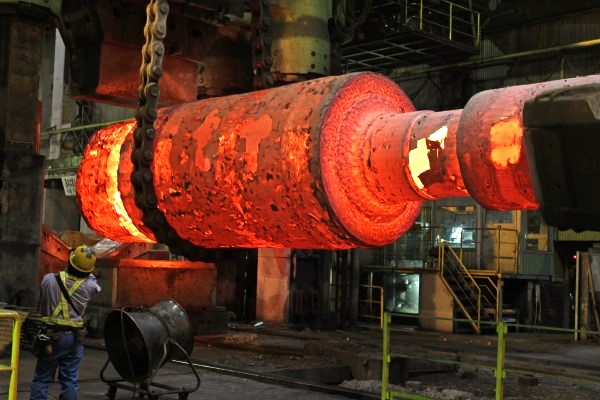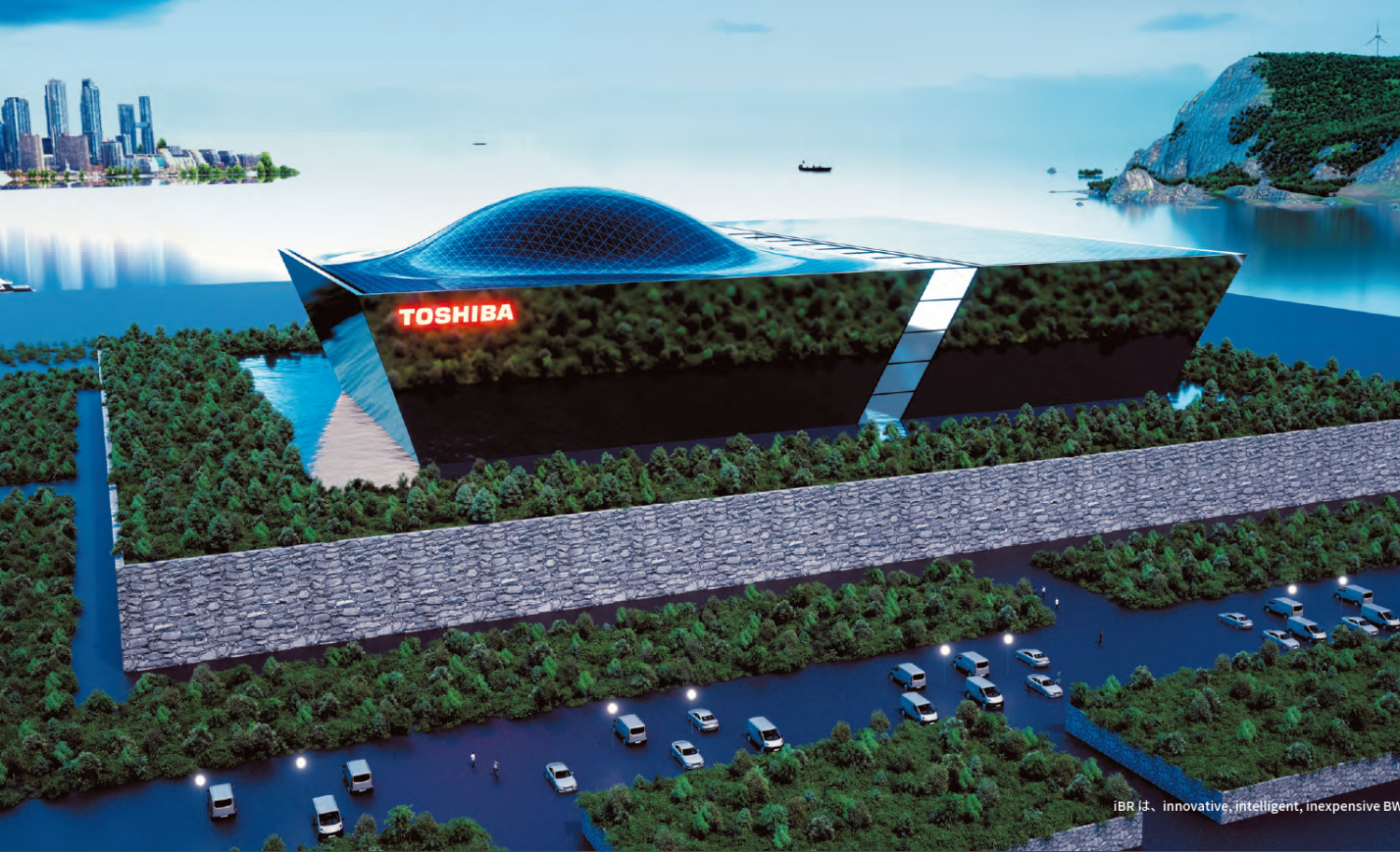Previously, on May 15, the Strategic Policy Committee had kicked off its deliberations toward issuing the next Strategic Energy Plan. At that meeting, it was pointed out that power demand would likely increase as digital transformation (DX) progresses, including the rapid growth of data centers and the booming use of AI across society.
At the recent June 6 meeting, representatives from the Agency for Natural Resources and Energy (ANRE) talked about the expected growth of data centers worldwide. The International Energy Agency (IEA) estimated the number of centers around the world as of January 2024 at 8,000, 33% of which are in the United States, 16% in the EU, and 10% in China.
The IEA also forecasts that associated power demand will increase by 30%, essentially across the board, from 2022 to 2026. Factoring in the growth of AI, total electricity demand for data centers and AI globally is thus expected to increase over the same period, from 460TWh to 800TWh.
Moreover, according to investigations by a British power systems company, electricity consumption at British data centers may increase by as much as a factor of ten by 2050, compared with 2020 levels.
Meanwhile, the Japan Science and Technology Agency (JST) has put forth estimates that future electricity consumption at domestic data centers—which stood at 14TWh in 2018—would reach 6-90TWh by 2030 and 110-1,200TWh by 2050, subject to the effectiveness of conservation measures.
Against that backdrop, the committee then heard from representatives of the SoftBank Group Corp, KIOXIA Holdings Corporation, NTT Corporation, and JFE Holdings, Inc., about their predictions for future electricity consumption growth.
The SoftBank representative explained his company’s “Core Brain” AI project, a data center hub now being developed in Tomakomai City, Hokkaido, with an expected total power-receiving capacity of 300MW by 2029. Based on demand expectations, Softbank estimates that the power generating capacity required nationally for domestic data centers would skyrocket during the decade of the 2030s by a factor of eight, to 33GW―equivalent to the total current domestic nuclear generating capacity.
Building a data center has a typical lead time of three years, compared to six years for an LNG power plant, eight years for either a wind-power or geothermal facility, and 17 years for a nuclear power plant (NPP). The gaps are great, making evident the need for advance investments in power plants and line systems.
Next to speak at the meeting were the NTT representative, who explained his company’s Innovative Optical and Wireless Network Initiative (IOWN Initiative) using optical communications. Recognizing possibilities for realizing ultra-low power consumption, the company has identified the following as future issues for power businesses: ensuring electric energy, controlling prices, ensuring interconnection lines, and revising laws.
After that, representative from the semiconductor manufacturer KIOXIA talked about the demands of full operation, referring to having to operate basically 24 hours a day, 365 days a year.
Finally, representatives from the steel producer JFE Holdings presented their firm’s plan for large, highly efficient electric furnaces at its West Japan Works (Kurashiki) steel plant in Okayama Prefecture, to promote decarbonization. Anticipating sharp increases in the steelmaker’s need for electricity, they pointed, among other things, to the lack of progress in restarting NPPs in eastern Japan, as well as the need to restart the Shimane-2 NPP and start the Shimane-3 NPP. Both reactors belong to the Chugoku Electric Power Co.
Committee members then made comments, including the statement of the desire for a consideration of how to use AI to carry out energy conservation. Another person proposed that storage batteries be used not just for supply-and-demand adjustments, but also as disaster countermeasures.











